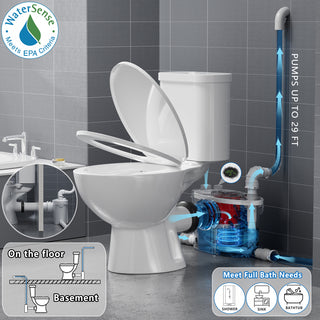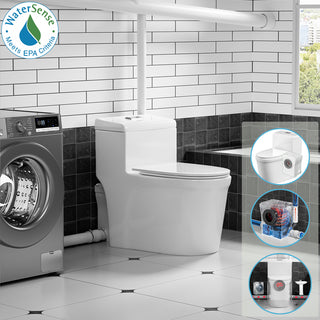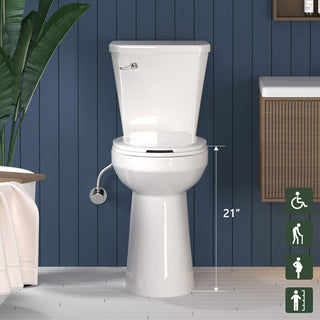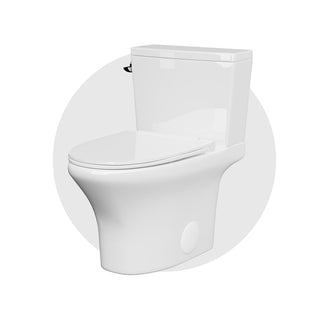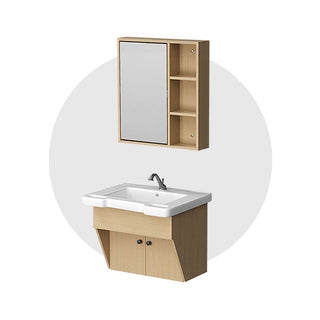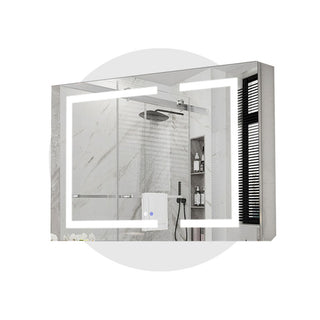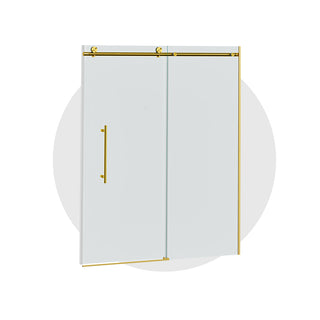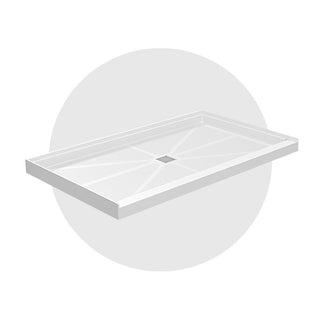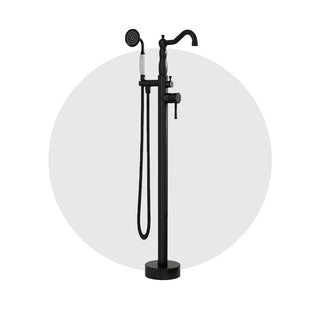Whether you’re renovating your bathroom or just replacing an old shower, the options can feel endless. From different styles and door types to the features that make your daily routine easier, understanding the basics will help you make an informed choice. In this guide, we’ll break down the most common shower stall styles, door options, and features, so you can pick the perfect one for your space and needs.
No need to waste time—let’s dive into the three key aspects of shower stalls: styles, door options, and features.
- Classified by Style
1. Alcove Shower Stall
An alcove shower stall has all the glass panels aligned in the same direction, creating an enclosed shower space when combined with three walls of the bathroom. It's perfect for narrower bathrooms, requiring no base—just add a water barrier strip to prevent leaks.

2. Neo-Angle Shower Stall
A neo-angle shower stall utilizes the corner space to create an independent shower area, making it ideal for small, well-designed bathrooms. It's especially suitable for households with elderly members, as the curved shape reduces the risk of bumps and enhances safety.

3. Diamond-Shaped Shower Stall
A diamond-shaped shower stall makes use of the corner space. It maximizes corner space while still leaving enough room for an accessible exterior pathway. However, diamond-shaped shower stalls can only accommodate hinged doors, as sliding doors aren't an option. When installing, you'll need to leave enough space for the door to open.

4. Square Shower Stall
For larger bathrooms, a square shower stall is a great option. It typically consists of two adjacent walls or one wall combined with glass panels to create a square shower space. Most square shower stalls are designed with a screen and a fixed panel, making them easier to clean compared to other shower styles.

5. T-Shaped Shower Stall
A T-shaped shower stall is created by adding a glass partition inside a standard shower area, splitting the space into two sections. Typically, one side serves as the shower area, while the other side is used for placing a toilet or other bathroom fixtures.

- By Door Type:
1. Sliding Door:
A sliding door operates by moving along a track, either at the top or bottom of the glass. The roller system bears most or all of the door's weight, so the structure and performance of the rollers directly impact the longevity and user experience of the sliding door shower stall. Sliding doors come in two types of movement: 1) a straight, side-to-side motion; 2) a curved motion along an upper and lower rail.
 2. Hinged Door:
2. Hinged Door:
A hinged door shower stall features a door that swings open and closed, connected to the frame or fixed glass with a hinge or pivot mechanism. The door moves around the pivot as it opens and closes. Hinged door shower stalls rely on the hinge or pivot as the main moving component to bear the weight of the door. Hinged doors can open inward or outward, and some can open 180°.
 3. Bi-Fold Door:
3. Bi-Fold Door:
Bi-fold doors work similarly to sliding doors but fold into sections as they open, allowing the door to be tucked away against the fixed glass or wall. This type of door maximizes space efficiency, especially in smaller bathrooms. The roller system is an important moving component, so its structure and performance impact the lifespan and user experience. Bi-fold doors are a great option for maximizing space usage.

4. No Door:
A no-door shower stall features a single panel of fixed glass, often used in bathrooms where space is limited and only a glass panel is needed to create a functional partition. This style is also commonly used to add privacy and aesthetic appeal in areas with toilets or bathtubs. No-door partitions are flexible and work well in various spaces.
- By Function:
1.Shower Screen:
A shower screen is base-less and custom-made to fit the bathroom's dimensions. It's ideal for small apartments or bathrooms with limited space.

2. Enclosed Shower Stall:
An enclosed shower stall comes with a base, full sealing on all sides, and a top cover. It offers more features, including plumbing fixtures, but tends to be more expensive.

3. Steam Shower Stall:
A steam shower stall incorporates a steam generator, allowing you to enjoy a steam bath experience while showering.

No matter which type of shower stall you choose, the key is finding the one that fits your space and needs. Each style, door option, and feature has its own set of benefits. When you pick the right one, your bathroom will not only be more functional but also elevate your daily comfort. I hope this guide helps you make a smart choice and create a shower space that’s both practical and stylish! If you have any questions or need more tips, drop a comment below—I’d love to hear your thoughts!


